Lights for Overwintering Eureka Lemon
fiehumbuggery
8 years ago
Featured Answer
Sort by:Oldest
Comments (49)
Related Discussions
Eureka Lemon vs. Meyer Lemon
Comments (9)Hi Jerry, Are you near Aurora? Is that how you found Schaefers? Did you ever shop at Jamacan Gardens..there's one in Morton Grove and another in Libertyville. They both sell citrus and a million other tropicals.. 12.99 is a good price, especially compared to many other citrus nurseries around. My brother bought me a small citrus 2 yrs ago, (don't know name of nursery) up north for about the same price, but it's only 1-1 1 1/2' tall..It has baby lemons growing though..I imagine it's a dwarf. I should check if it's the same nursery cause Schafer sounds familiar, even though I've never been to one..As far as Lowe's, there aren't any nearby, not here, sw of Chicago. I think most are up north and west. Thats too bad about your Kumquat..I feel they're one of the easist citrus to grow..and fruit often. You're doggie was a bad girl, huh? LOL..nibbling on fruit..shame on her. I've never had luck w/4winds citrus. I admit, I ordered from them some time ago, but what they sent were 2 bare-root citrus that were super small. They didn't last more than a few months..they didn't look well upon arrival, but perhaps 4Winds are now sending better looking trees. Meyer's seem to be ever-flowering and fruiting..I grow all my citrus about the same way..as much light as possible, well-draining soil, citrus fertilizer, a summer outside. In winter they're kept on the cool side..in other words, a room that is semi-heated..No heating vents. South windows, w/some west. Artificial light at night. Before bringing plants indoors I spray foliage w/Fish Emulsion..it prevents scale and since it's sold as an organic fertilizer, used as a last foliar feeding. While plants are indoors in winter, mine are misted daily. Better yet, if managable size, taken to sink and hosed or showered..No fertilizer in winter.. Since you're in Il, you know humiidty decreases once the heat is turned on..Buy a humidifer..they work fantastic, Jerry. And like I stated above, humidity is also the reason I mist foliage..If your tree is small, you can also place a humidity tray under pot..Place stones/rocks on a larger saucer and keep filled w/water..don't let water touch roots though... To check if soil is moist or dry use the finger method..stick finger in soil as deep as it goes..if it comes out dry, then it's time for a drink..if your finger comes out wet then wait a few days and recheck. Or you can test by lifting pot..dry soil ='s a light weight pot..if heavy it's still moist/wet. I wait until soil looks crumbly before watering. One problem in winter is bugs. Do you use insecticides? I don't believe in using (most) chemicals so make up my own concoction for mites..But that's jumping the gun.. I believe you said your citrus are outside now, right? Keep out till temps are about 40F. Before bringing indoors, hose off thoroughly. You can either bring in gradually, to adapt to lower light conditions or all at once, as long as you have a bright window, and heat isn't yet turned on. Because of the change, a few yellow leaves are inevitable, just pluck them off. Anyway, Jerry, like I said, I grow all citrus the same way. The only citrus I've yet to get to fruit is my Orange Navel..I believe it needs longer summers, something we don't have here in IL. I can't keep a Buddha Hand either.. I planned on ordering another this spring, but w/the ban in Fl, the two places I order citrus from cannot ship..Briteleaf and Harriscitrus Their trees are fairly tall, bug-free, and inexpensive..15-20.00 per tree..Well, there's always next yr..hopefully by then the ban will be over. That darn canker has caused so much damage..u know? What is number 5? LOL You don't use Citrus fertilizer? I don't see any problem with it, and most here who grow citrus use some form of time-release citrus food. What type of Osmocote do you use? Does it contain nutrients like iron, mag, etc? Also, isn't Osmocote a form of time-release? I think I'd look into citrus food if I were you..though, Jerry, don't think I'm telling you what to do..okay? This is what I'd do w/my own citrus. I don't knowi if Hoffman has a website, but that's the brand I use..check it out when u have time. I also picked up a box of citrus food at Jamacan Gardens..Price wasn't bad. I'm sure Ebay sells citrus food, too. Are u going to buy the Eureka? Good luck Jerry..Toni...See MoreWhat is going on with my dwarf Eureka lemon? (pics)
Comments (5)Thanks citrange, Did some reading and inspecting. I don't know why it didn't occur to me to check the underside of the leaves (even with the limited gardening I've done in my life, that's something I should have thought of). I think you may be right about the leaf miners. I've included a photo of the underside of a leaf I removed from the tree. There is an obvious trail, and the leaf surface around that area is shiny. Can anyone confirm leaf miner activity from this photo? Also, how long does it typically take for new growth to change from light green to the darker green of more mature leaves? The first flush of growth on my tree seemed to take about a month; is this what I can expect? I'm asking because I want to make sure I don't miss a sign of nutrient deficiency. I know I'm asking a bunch of questions in this post! Can I ask one more? :-) Is the roots growing out of the bottom of the pot a sign that the tree needs to be potted up? I know from my reading that citrus likes to be somewhat rootbound and potting up should be done gradually. This tree hasn't been in the pot but three months; I'm thinking it's too soon to pot up, but those roots have me worried! Thanks! Michelle...See MoreMeyer Lemon - indoor lighting setup
Comments (1)See http://forums.gardenweb.com/discussions/3434794/lights-for-overwintering-eureka-lemon...See MoreEureka lemon help? I think I overwatered..
Comments (3)Hi Chris this is definitely overwatering signs I’ve done it many times before. The fact that the root Sheath came off is not a good sign. You will want to keep the media on the dry side and repot to a smaller pot with free draining soil and cut off all roots that are squishy and brown and keep the firm and a creamy white coloured roots. You would also want to shake off all the old media so you’re not creating two different environments for the roots. The good news is citrus are resilient and will come back even from the brink of death but Norwoodn is right it will take time to recover and it will do nothing for months. Good luck’ hope other members who are more experienced will chime in here....See Morefiehumbuggery
8 years agopip313
8 years agopip313
8 years agopip313
8 years agotom1328732
8 years agolast modified: 8 years agopip313
8 years agolast modified: 8 years agotom1328732
8 years agolast modified: 8 years agopip313
8 years agofiehumbuggery
8 years agoaruzinsky
8 years agopip313
8 years agoaruzinsky
8 years agolast modified: 8 years agoponcirusguy6b452xx
8 years agokarlosveloces
8 years agoponcirusguy6b452xx
8 years agopip313
8 years agolast modified: 8 years agoaruzinsky
8 years agopip313
8 years agokarlosveloces
8 years agoaruzinsky
8 years agolast modified: 8 years agokarlosveloces
8 years agopip313
8 years agolast modified: 8 years agokarlosveloces
8 years agopip313
8 years agoaruzinsky
8 years agoclip3
8 years agopip313
8 years agoclip3
8 years agopip313
8 years agoclip3
8 years agopip313
8 years agoclip3
8 years agopip313
8 years agolast modified: 8 years agoclip3
8 years agopip313
8 years agoponcirusguy6b452xx
8 years agopip313
8 years agoponcirusguy6b452xx
8 years agopip313
8 years agolast modified: 8 years agoponcirusguy6b452xx
8 years agoponcirusguy6b452xx
8 years agolast modified: 8 years ago
Related Stories
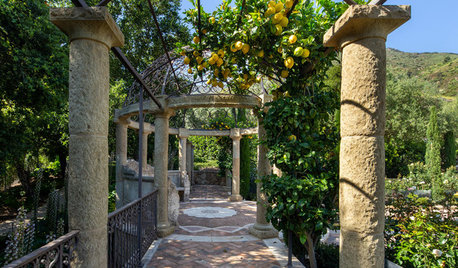
GARDENING GUIDESHow to Keep Your Citrus Trees Well Fed and Healthy
Ripe for some citrus fertilizer know-how? This mini guide will help your lemon, orange and grapefruit trees flourish
Full Story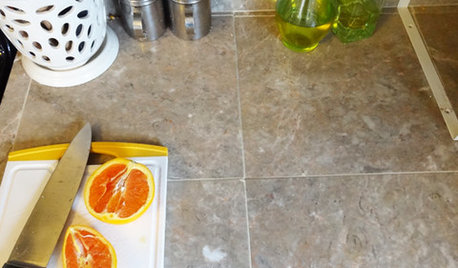
HOUSEKEEPINGHow to Clean Grout — Stains and All
If your grout is grossing you out, this deep-cleaning method will help it look new again
Full Story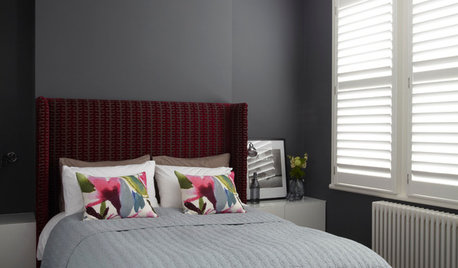
COLORDreaming in Color: 8 Gorgeous Gray Bedrooms
With this versatile hue, you can go dark and bold or slip into something more soothing
Full Story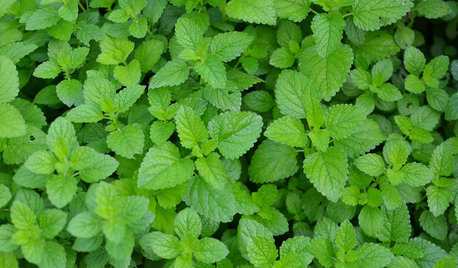
EDIBLE GARDENS12 Essential Herbs for Your Edible Garden
Make home cooking and drinks even better with herbs plucked from your own backyard or windowsill pot
Full Story
HOUSEPLANTSIndoor Winter Gardens for Cheerier Days
Bring plants inside for drab-days mood boosting — not to mention cleaner indoor air and protection for your greenery
Full Story
FUN HOUZZHouzz Call: Tell Us About Your Dream House
Let your home fantasy loose — the sky's the limit, and we want to hear all about it
Full Story
HOUSEPLANTSOutsmart Winter — Make Houseplants of Your Garden Growers
No need to watch Jack Frost play Wreck the Rosemary. Bring your garden inside for the winter, using containers and these guidelines
Full Story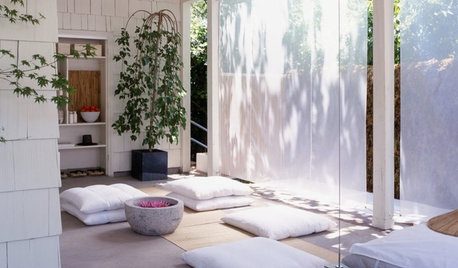
DREAM SPACESIf You Could Choose One Dream Space ...
Yoga room, wine cellar, infinity pool or tricked-out garage — which of these luxurious rooms would be at the top of your list?
Full Story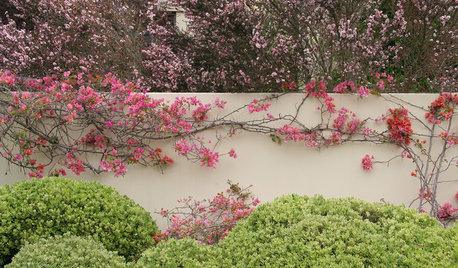
LANDSCAPE DESIGNThe Art of the Espalier
Go ahead, let limited garden space drive you up the walls. With these 6 ways to train plants vertically, it can be a beautiful thing
Full Story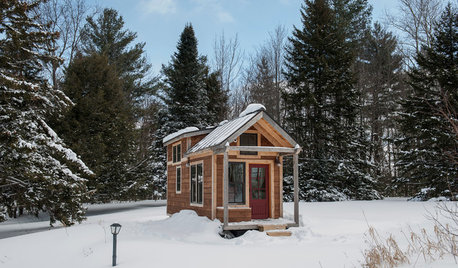
MOST POPULARHouzz Call: Show Us Your Winter View!
Share pictures of your home and garden in winter — whatever your climate, architecture and plantings
Full StorySponsored
Custom Craftsmanship & Construction Solutions in Franklin County












pip313